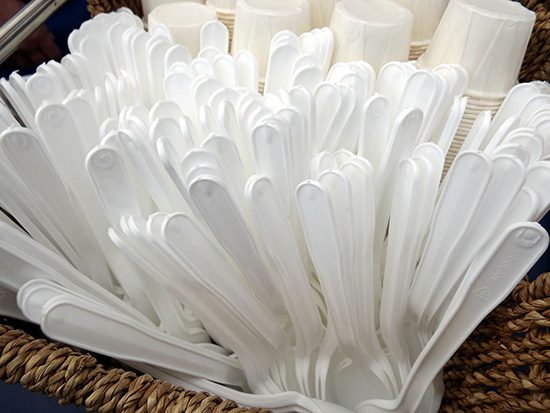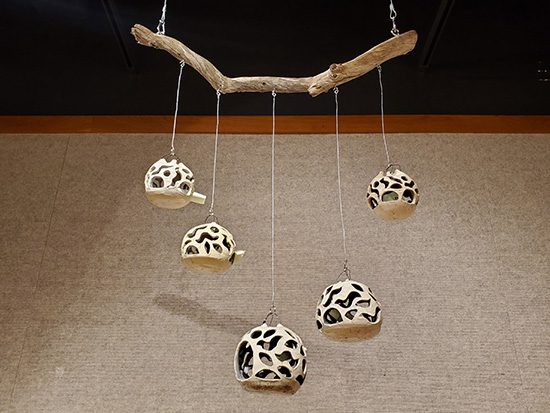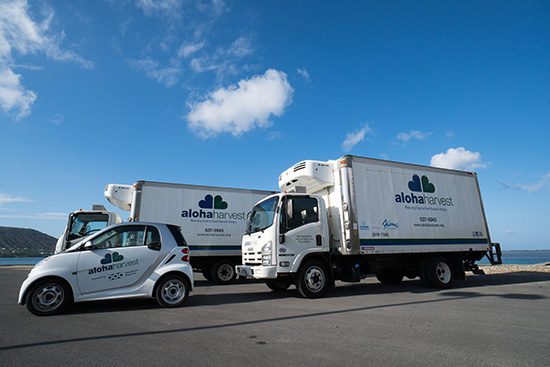
by Christian Palmer
Aloha ‘Āina Earth Week
In the week leading up to Earth Day on April 22, Windward Community College celebrated by having a series of Aloha ʻĀina Earth Week activities sponsored by Ke Kumu Pali and the Sustainability Curriculum Committee. Students, faculty and staff got together to do some hands-on, experiential learning about living sustainably, eating locally and reducing our waste.
The first activity was cooking with local ingredients, many of which came from participants’ gardens and local farmers’ market. With the strong winds recently, there is an abundance of green mangoes falling on the ground, so we made pickled mango to use this local resource. We also made sweet potato, ‘ulu and kalo chips and a delicious hoʻio fern salad. Cooking with local ingredients strengthens our connection to the land around us and supports local agriculture. Growing your own food can also help you appreciate the time and energy that go into food and discourages waste.
The next activity involved planting 10 species of native and canoe plants in and around the Hawaiian Studies garden or māla. These included palapaʻai ferns, alaheʻe, loulu palms, ʻōhiʻa, as well as several endangered species like kokiʻo keʻokeʻo (white hibiscus), munroidendron and mamaki. We also planted some edible Polynesia introductions like ʻawa, ko honuaʻula (sugar cane) and ʻohiʻa ʻai (mountain apple). Although these plants may take years to fully develop, they represent an educational opportunity to teach our community about the plants and create a physical space that reflects the social, cultural and environmental values of our community.
Finally, we held a hands-on workshop on vermicomposting, or creating worm bins, where people could create a worm bin and take it home. The composting worms break down organic waste to create vermicast, or worm poop compost, that is great for plants. Because the bins are entirely contained, you can have a worm bin even if you donʻt have a yard.
They can be stored under the sink, on a porch or patio or in the garage. The worms eat their weight every day quickly breaking down plant and vegetable waste into beautiful black fertilizer, although they are actually eating the microbial community of fungi, bacteria and protozoans that are breaking down the waste.
These activities highlight a key concept of sustainability that involves taking a resource or product from the cradle to grave. Thinking about sustainability with food involves knowing where and how it was grown, how it will be used and prepared, and what will happen to the waste products and scraps when we are done.
So many products and resources we use in our daily lives involve supply chains that span the globe and involve thousands of different people that it can be impossible to observe the complete lifecycle of the products that we see around us. By thinking about food from the cradle to grave, we gain a better appreciation of the resources we depend on and take a little more ownership over the processes that sustain us.





